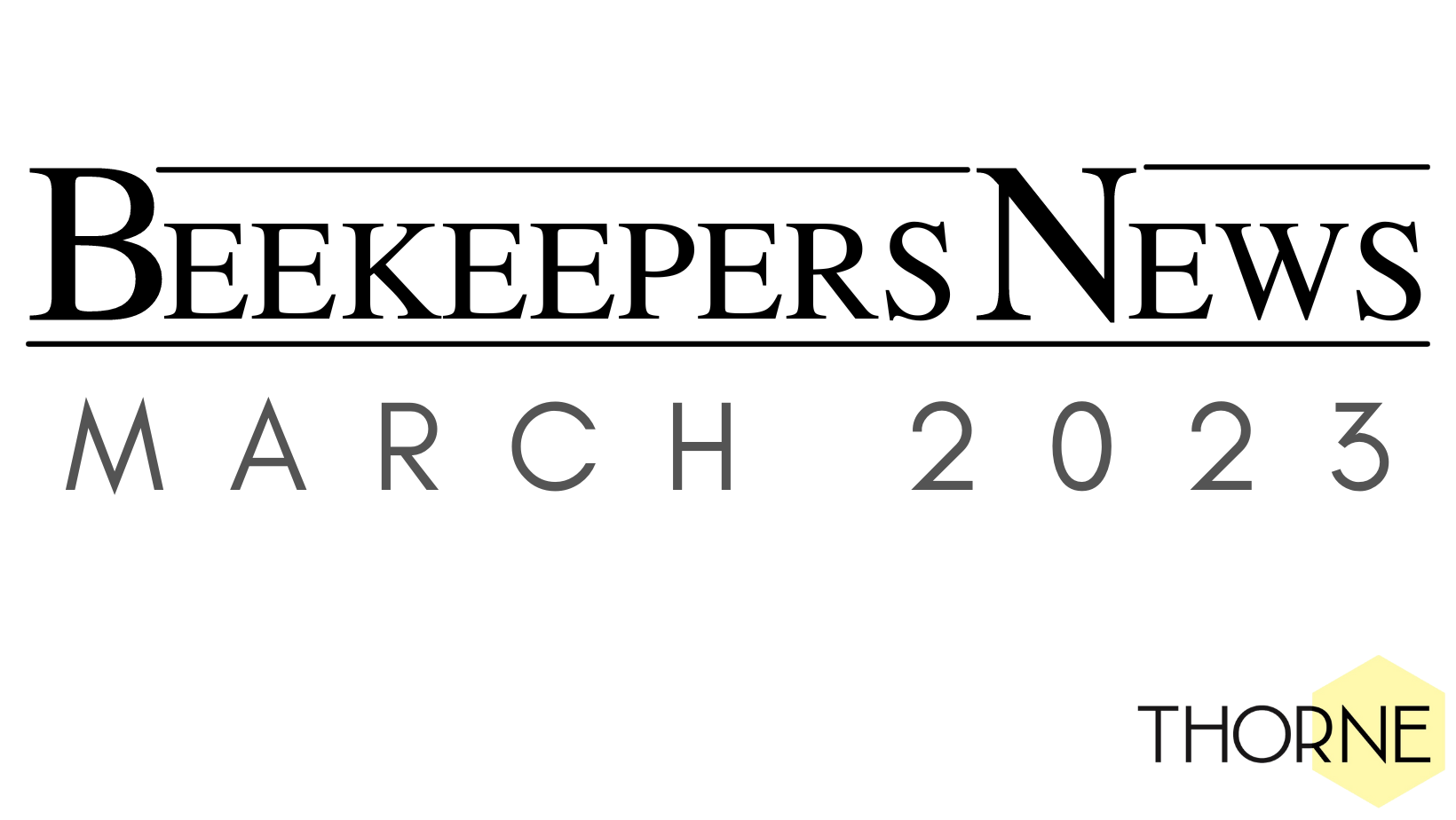|
A drone dies after mating. Nonetheless, his sperm will later transmit 100% of his genes to each of his daughters. A queen, on the other hand, because her egg is produced by cell division, will only transmit 50% of her genes to each of her offspring. To add to the complexity of honey bee genetics, a queen will mate with multiple drones. The result is a colony of bees that is not a group of clones but an assembly of individuals, each of whom are genetically distinct. The members of the colony will express, individually and in groups, a mosaic of different characteristics.
The difficulty of selection in beekeeping arises from this unique mode of reproduction.
In order to understand how the characteristcs of an individual are transmitted and expressed, we start with a review of the basic principles of genetics and an introduction to epigenetics. How are the characteristics of the 'superorganism' (the colony) transmitted to another colony? The all-important role of polyandry will be explored with a discussion of the implications for controlled or instrumental mating. Finally, for those breeders wishing to integrate or to 'fix' desirable characteristics in a given line through the use of instrumental insemination, specific inbreeding selection techniques are described.
Bernard SAUVAGER began beekeeping in 1979 quickly becoming interested in selection. As a university and preparatory class mathematics teacher, he learned the technique of instrumental insemination and genetics with all the scientific rigour you would expect from his background.
His involvement in the beekeeping world has always been complete. He was treasurer, president and vice-president of the SAIVHB (the beekeepers union in lie et Vilaine and Haute Bretagne).
In 2007 he was involved in the setting up of a new bee selection group within the GIE organisation in Brittany.
He has always put his teaching abilities at the disposal of beekeepers whether it be by speaking at public events or by running courses. His favourite themes are genetics, selection, breeding and instrumental insemination.
The following passage is the Preface to the book written by John Kefuss
Le Rucher D'Oc, Toulouse France
Pacific Queens Ltda. Limache Chile
I first met Bernard Sauvager at a meeting of the French queen breeders association, ANERCEA. Later on when he published his honey bee genetics book I strongly suggested that it should be translated into English. I remembered the first course in genetics that I took at Ohio State University in 1962, right after Watson, Crick and Wilkens received the Nobel prize for their work on the molecular structure of nucleic acids and its significance for information transfer in living organisms. At that time the "double helix" structure of DNA was a very difficult concept for me to understand and, perhaps since it was so new, even more difficult for my professors to teach.
Since then, there have been a lot of advances in genetics and it is very difficult to keep up with all the new... and some of the old discoveries that were first rejected... such as Barbara Mclintock's discovery of "jumping genes" in maize (1940-1950), but then accepted 30 years later on. She demonstrated that the genome is not stationary but can be altered. Some genes can turn physical characteristics on and off.
In science it is important to remain objective and consider that you might be wrong, which is easier said than done!
Honey bee genetics in addition must take into account that drones are "usually" haploid with 16 chromosomes while queens and workers are diploid with 32 chromosomes. This has advantages and disadvantages when running a breeding program. It is certain that due to the special genetics of honey bees, the future promises some very interesting discoveries.
Bernard's book is focused on "practical, hands-on genetics" for beekeepers. It is written in a clear, non-complex writing style, illustrated with numerous examples that are easy to follow. His comparison of the cell nucleus to a library where each book represents a chromosome and every page is a gene is a good example.
In addition to being a professor in mathematics he has had a lot of experience in teaching queen rearing, instrumental insemination and honey bee ecotype conservation to beekeepers. He clearly understands the problems of "information digestion and ......indigestion"!
However I must give you a warning before you read this book. Be careful because you might get "hooked" on honey bee genetics and who knows, maybe in the future, win a Nobel prize.
|

